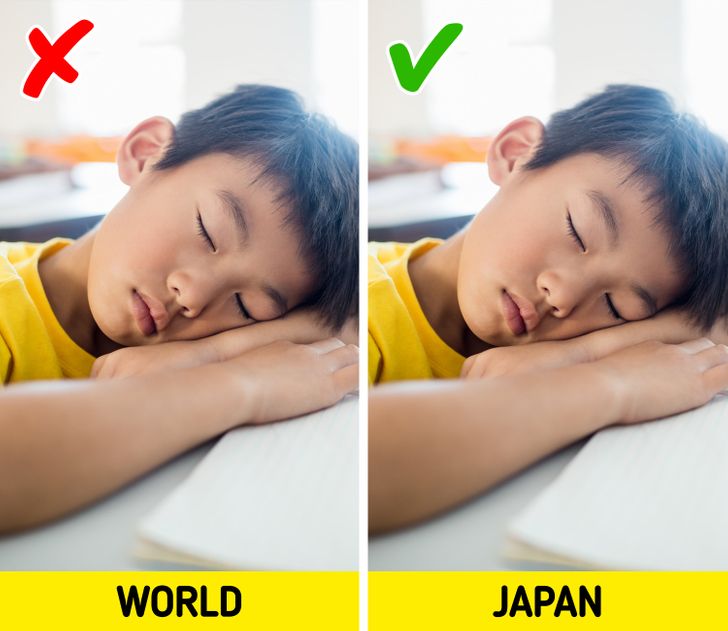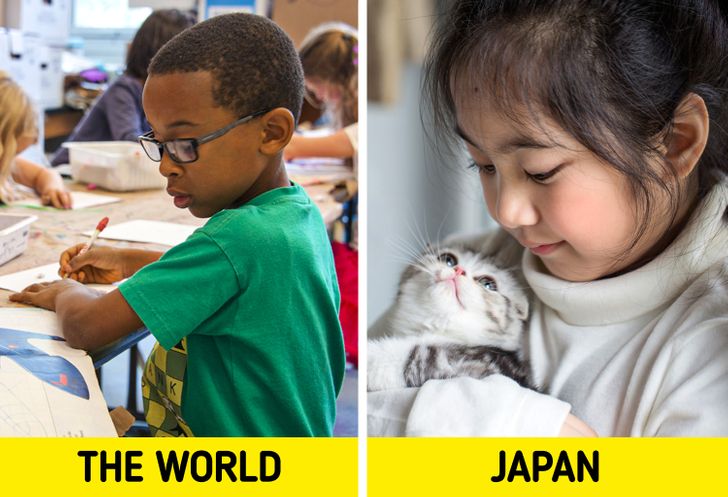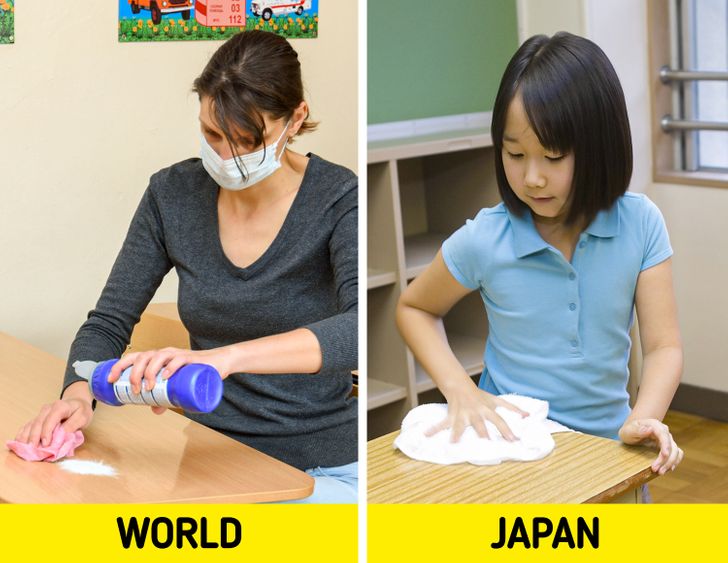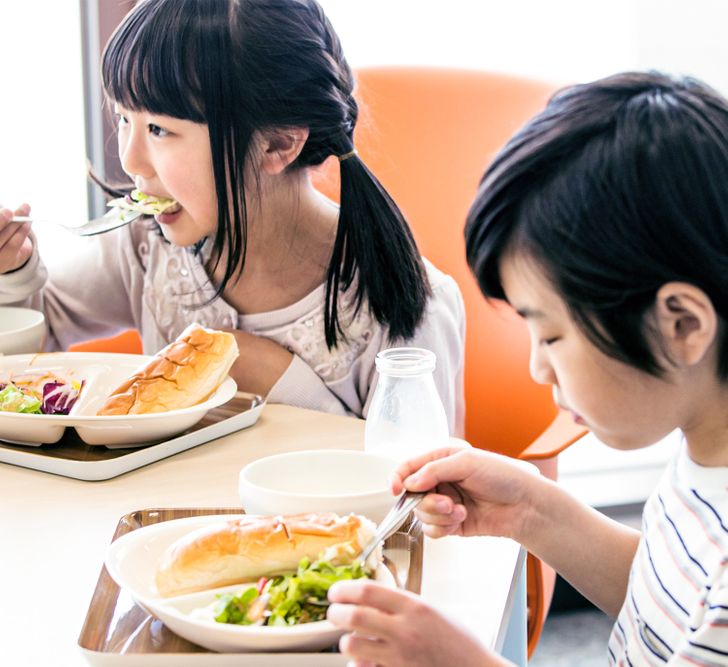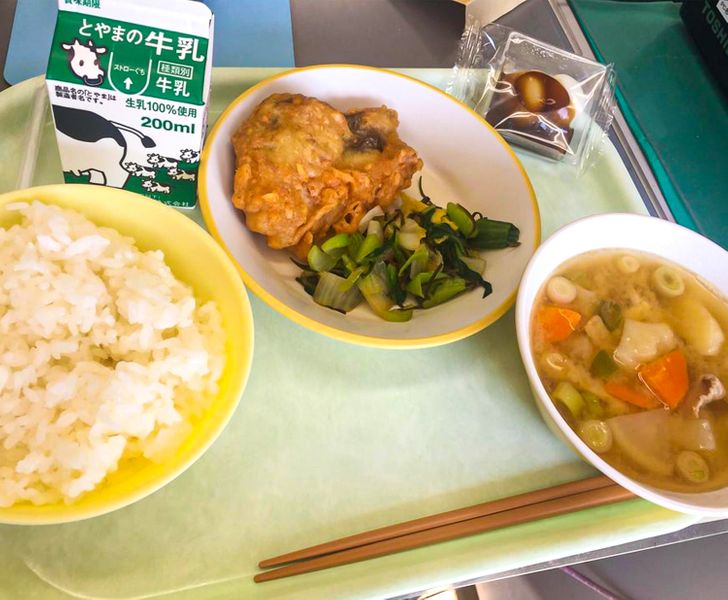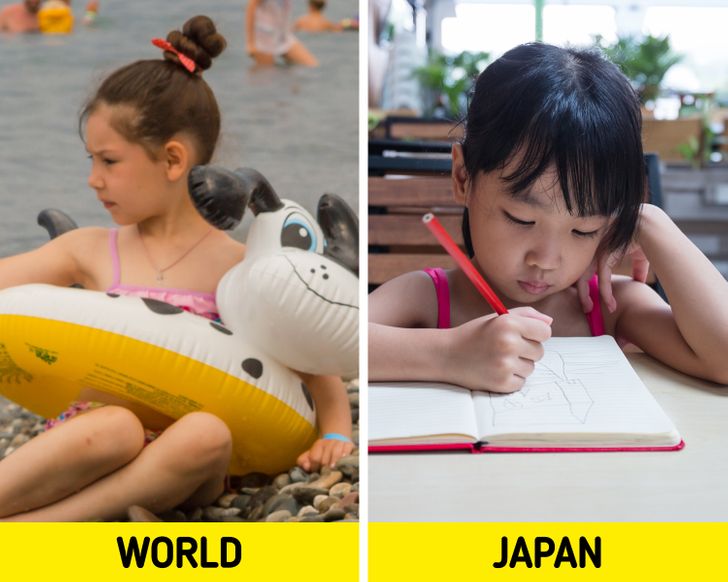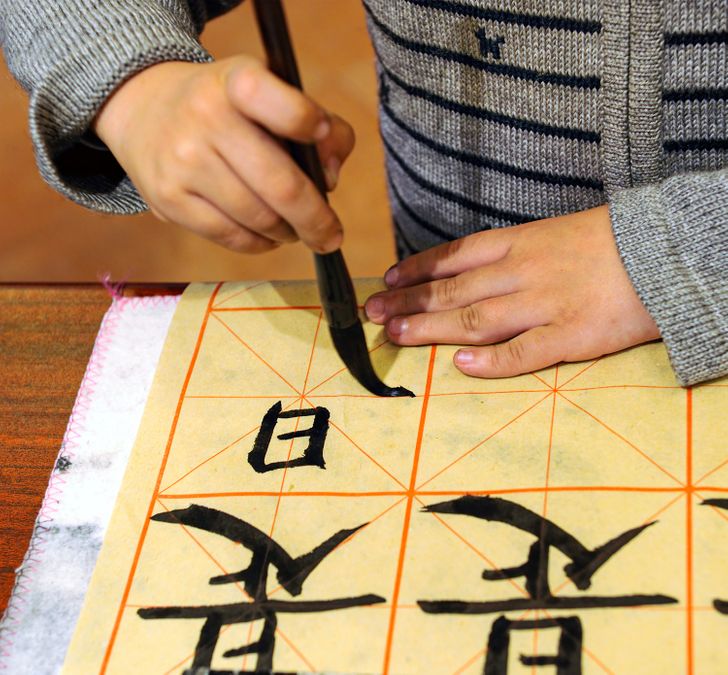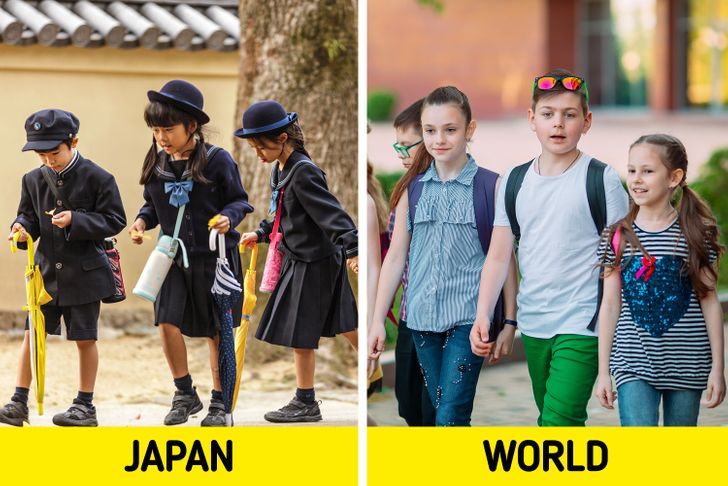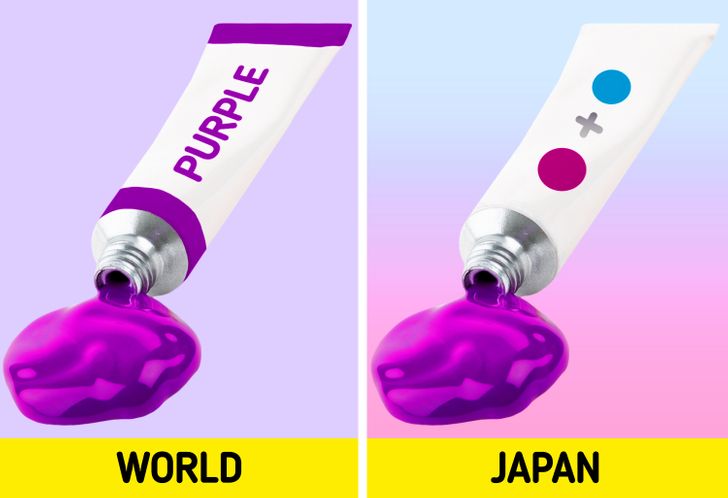thanks,i have just note withe you said the world
7 Secrets From the Japanese Educational System That Sets Kids Up for Success in Life
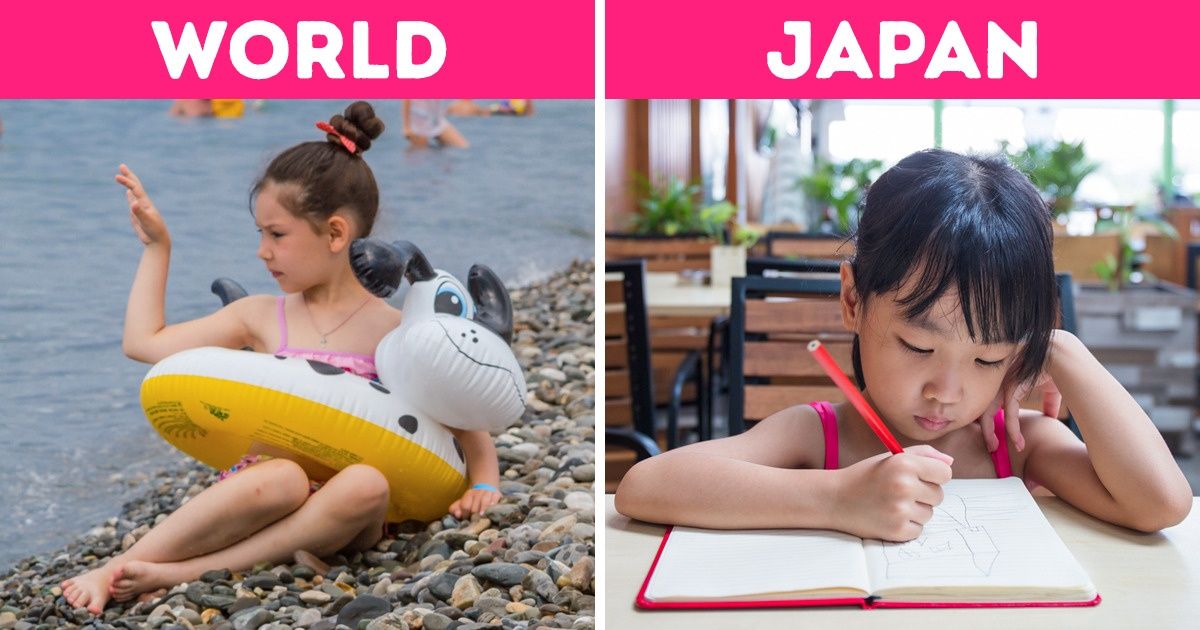
In Japan, school is seen as an important stepping stone in life. That’s why there are 210 school days there (compare it to the U.S., which has only 180 days). And even though there are many similarities between the Japanese education system and the ones in other countries, there are several aspects that make this system one of the most effective in the world.
We at Bright Side found out what puts the Japanese system so far ahead of the rest, and we’re glad to share it with you. We also prepared a small bonus at the end of the article, so don’t forget to check it out.
1. Sleeping is seen as a sign of devotion.
In Japan, falling asleep during class can be a common sighting — all because schools have a really demanding schedule. As opposed to other countries, where sleeping in class might be seen as a sign of disrespect or laziness, in Japan, this is viewed as a sign of dedication.
2. Until they reach fourth grade, Japanese kids don’t take exams.
It might seem odd, but Japanese schools put manners before knowledge. Their goal for the first 3 years is to develop their kids’ character and establish good manners, not judge their knowledge. They learn how to be generous, empathetic, and compassionate. They are also taught to respect others and develop a gentle bond with nature and animals.
3. Kids clean the school themselves.
While schools in the rest of the world employ janitors and custodians to keep the school tidy, that’s not the case in Japan. There, students are responsible for the cleanliness of the classrooms, cafeterias, and even the toilets.
The Japanese education system believes that cleaning together teaches the students to help each other and work in teams. And by spending their time wiping the desks, sweeping, and mopping the floors, students learn to respect their own work and the work of others.
4. Students eat in the classroom together with their teacher.
In other countries seeing a teacher eat together with their students might be out of the question, but in Japan this norm is considered helpful in building a positive student-teacher bond. While dining, really useful conversations can take place which can help in building a family atmosphere.
Also, the Japanese education system makes sure the students eat healthy and balanced meals. So, in public elementary and junior high schools, the lunch is cooked according to a standardized menu developed by healthcare professionals and qualified chefs.
5. They attend after-school workshops.
After-school workshops or preparatory schools are very popular in Japan. There, students can learn new things apart from their 6-hour school day. Classes are held in the evenings, and most Japanese students attend them so they can get into a good junior high school. And, unlike many students around the world, the Japanese study even during the weekends and on holidays.
6. Apart from other subjects, Japanese students learn poetry and Japanese calligraphy.
Japanese calligraphy, also called Shodo, is a form of art in which people write meaningful kanji characters (Chinese characters that are used in the Japanese writing system) in an expressive and creative way.
Haiku, on the other hand, is a form of poetry in which simple phrases are used to convey profound emotions to readers. This form of poetry is considered to have intellectual, therapeutic, and aesthetic effects. Both of these classes teach children to respect their century-old traditions and appreciate their culture.
7. Almost every student has to wear school uniforms.
The uniform policy in almost every junior high school in Japan is intended to remove barriers and help promote a sense of community, family, and togetherness among students. A dress code allows students’ attention to be channeled toward learning and growing and also encourages children to pursue self-expression through methods other than clothing.
Bonus: Japanese schools use Nameless Paints
Nameless Paints replace familiar color names with visual depictions of only primary colors: magenta, yellow, and cyan. In order to create additional shades of orange, green, or blue, the visual labeling system also relies on proportion, illustrating more or less of a different color.
The equations on the paint help children understand some of the basic concepts of color theory and teach them how to combine and create new colors in a fun way.
What is the education system like in your country? Which of these methods would you prefer to be practiced by the schools in your country?
Bright Side has its own podcasts now. Take cool articles with you and listen to new stories whenever and wherever you want.
Comments
This is brilliant
you can't say “world”. Just use "western world" because it's not the whole world unlike Japan. Even in India, students do this things. Every student wear uniforms and eat with their teacher and all you've mentioned. You can just say that the western world doesn't do it. I can say most of your posts are related to Western world only
In my point of view, almost every "school and as well as college should do this correctly in the whole world" so this can be our world more creative,talented and peaceful😊
cleaning school premises will give them good sense of healthy society...
I think schools in the US could benefit from many of these ideas that are lived daily in Japanese schools. Especially the type of skills and focus that's used for grades 3 and below in Japan, to teach them compassion, empathy, and kindness towards each other, animals, and their environments, that could be powerful skills that are not really a focus here. Anything that helps a child feel more confident about themselves and their purpose in society and school would be great for them.
Related Reads
12 Family Secrets That Could Rival Any Hollywood Storyline

My DIL Excluded Me From Gender Reveal Party, Saying I’m "Not Family"—Big Mistake

20+ Moments That Remind Us That Kindness Costs Nothing but Means Everything

I Refuse to Sleep Under the Same Roof as My Stepson — My Daughter’s Safety Comes First

15 Stories That Prove a Small Spark of Kindness Can Light Up a Fading Soul

10 Stories That Prove Kindness Always Wins

My MIL Mocked Me at My Husband’s Birthday Party—I Gave Her a Brutal Reality Check

I Refuse to Let My Father’s Secret Love Child Steal My Inheritance

My Husband Made Me Care for His Sick Mother, So I Served a Payback He Won’t Forget

I Refuse to Let My Sister Step Inside the Home I Bought for Our Parents — and I’m Not Sorry
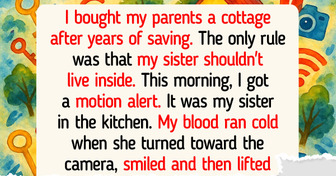
I Refuse to Delay Our Family Trip Because of My Sick DIL

I Absolutely Refuse to Tolerate My DIL’s Laziness, My Son Deserves a Wife, Not a Freeloader

